Book: Cyclepedia
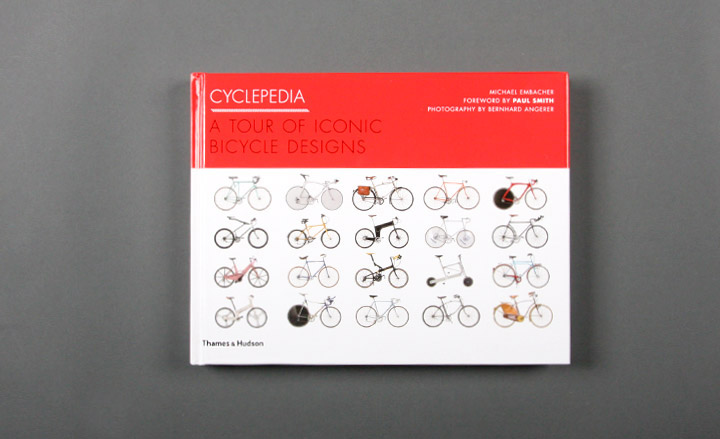
Not just for the bike geek out there with an incumbent need for encyclopaedic knowledge, designer and bicycle collector Michael Embacher's frame-tastic book looks into the weird and wonderful world of bicycles through a charting of 100 models designed over the past 90 years.
Embacher's collection of bikes is fascinating and his concise approach to describing each bike and its virtues, definitely makes it easier to tell your Cinellis apart from your Colnagos.
With a foreword by bike enthusiast Sir Paul Smith, who pays homage to the Gazelle Champion Mondial and its uncanny resemblance to his first bicycle, the carefully curated record of bikes features models that have been chosen for their innovative mechanisms, engineering precision, and commendable design.
Cyclepedia starts off with an essay on brief history of bicycle design, before embarking on its ride through the different types: mountain, racing, single-speed, touring, kids', tandem, urban, folding, cargo, and curiosities - exemplified by the strange but fascinating Capo Elite 'Eis' hybrid, which, with its strange capabilities as part ice skate part bike, allowed the rider to superfluously ride without mishap across a frozen lake (if so desired).
With a refreshing striped down two-wheel-and-frame approach to it all, the book promises to take a closer look at some of the world's greatest design triumphs and rarities, that will have even the most disinterested cynic pouring over the book's pages.
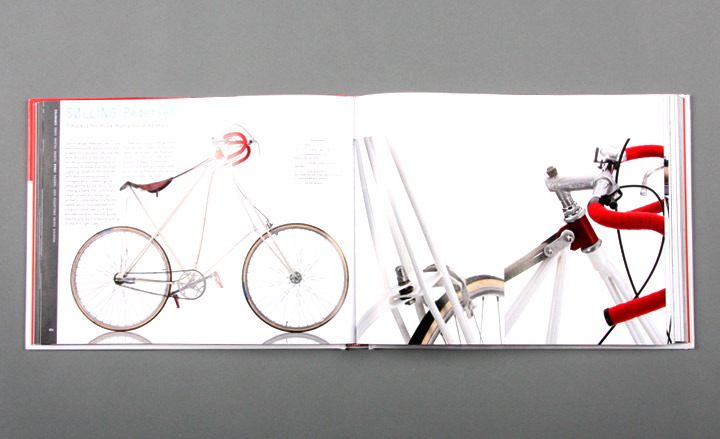
A spread featuring the 1978 reincarnated model of the Sølling Pedersen bicycle...
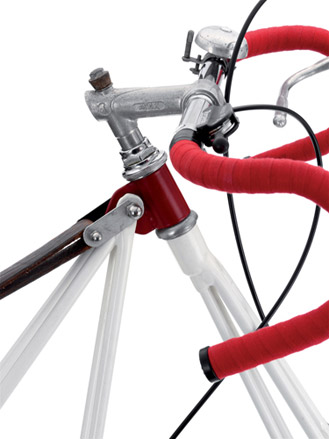
... whose original design was put in place by Mikael Pedersen (1855-1929).
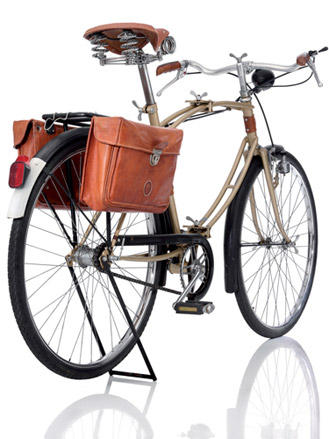
One of the few folding bikes with 28-inch wheels, this fashionable bicycle by Trussardi was produced in a run of 3000 in 1983.
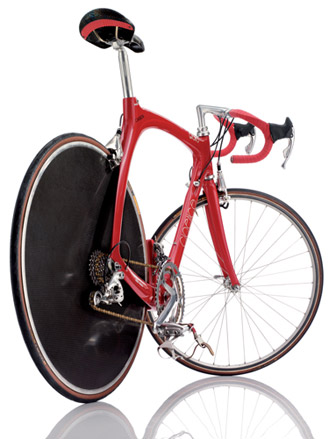
Pictured here is the Cinetica Giotto model number 1010 circa 1990...
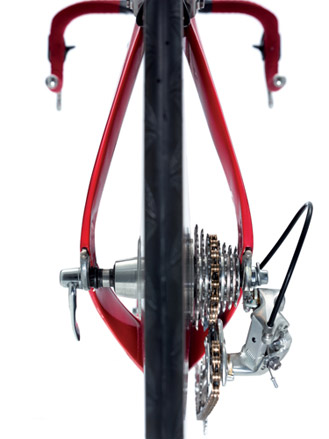
a highly coveted collectors’ bike.
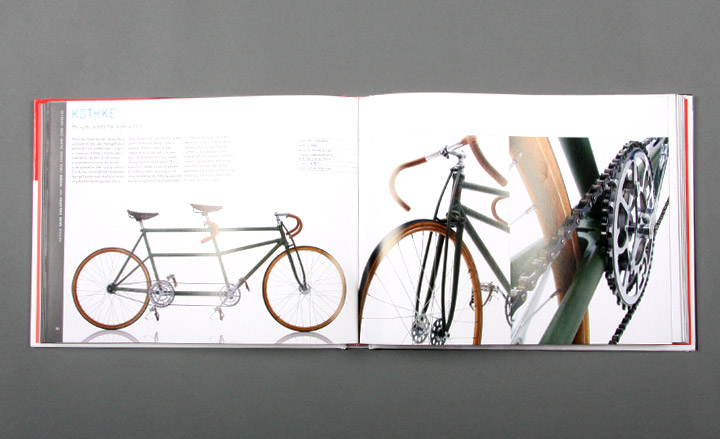
A Köthke model, circa 1948, which Embacher describes as made ’by specialists for specialists’.
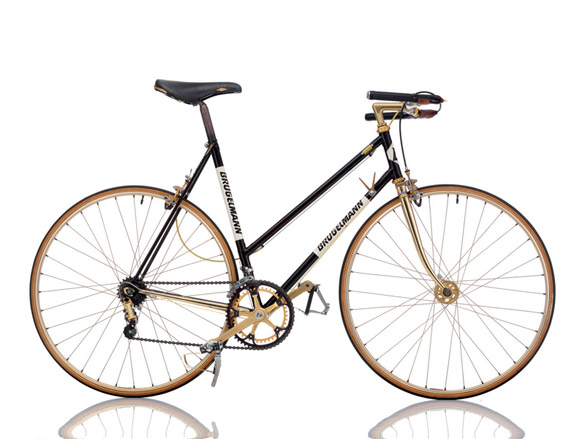
The Colnago Brügelmann (circa 1979) was sold by dealers Manfred and Rolf Brügelmann...
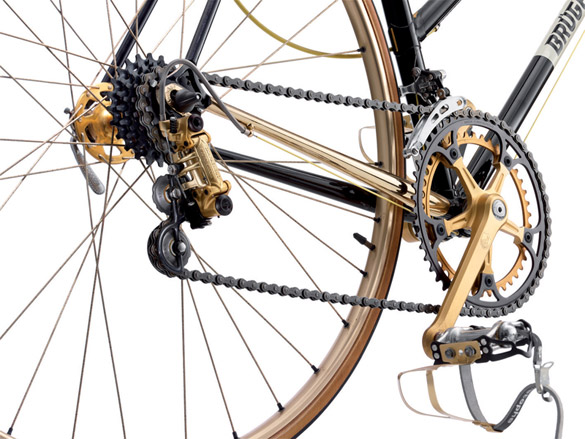
... who brought out this version of the luxurious Colnago model under their own name.
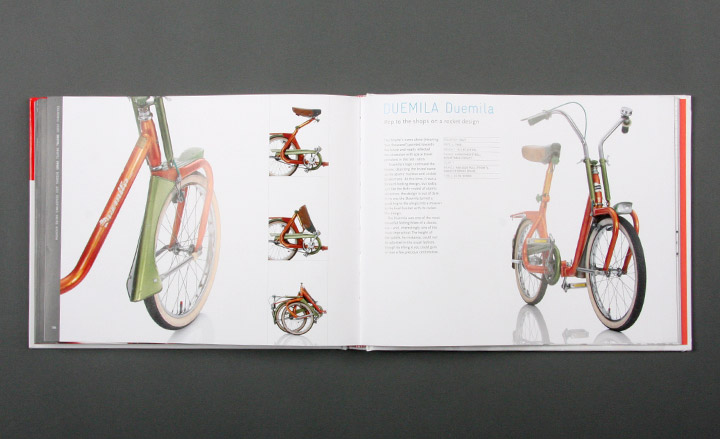
The book also looks at a forward-thinking folding bike its time, the Duemila, circa 1968.
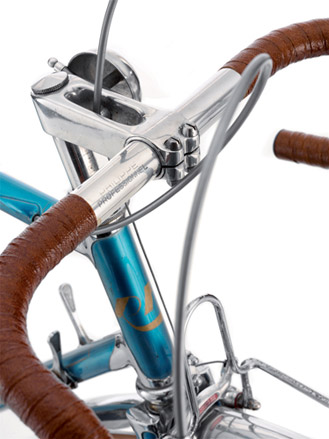
The René Herse Diagonal, which Embacher cites as the 'crème de la crème of touring bikes'.
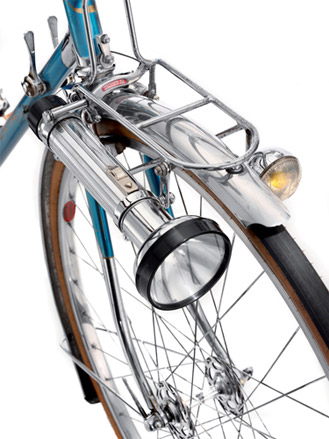
The René Herse frame shown here is number 6955.
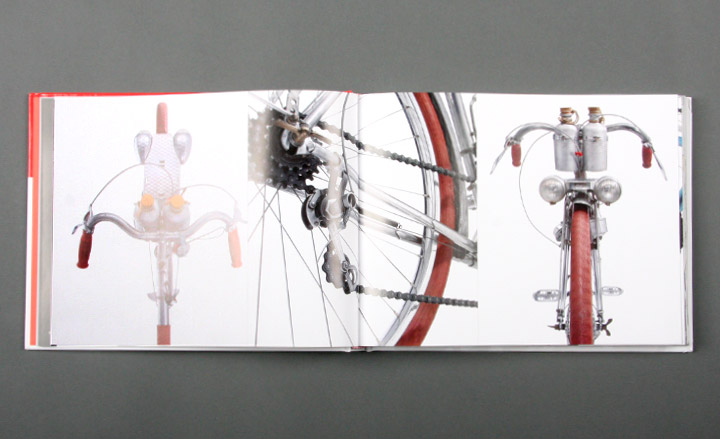
An up-close inspection of the featherweight Mecadural Pélissier, which belonged to the Mecadural series of aluminium bicycles produced by Mercier after World War II.
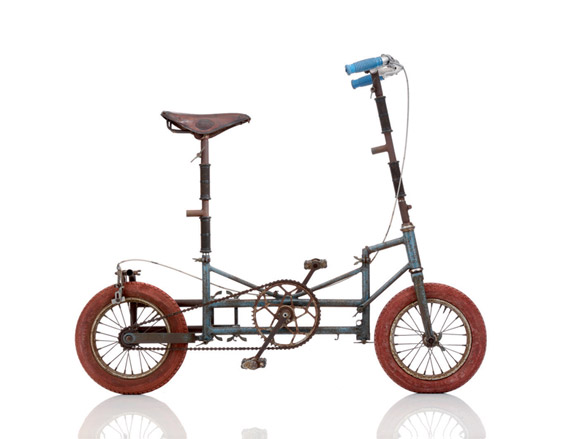
This rather cumbersome bike, nicknamed Inconnu (meaning 'unknown'), is apparently the only one of its kind in existence.
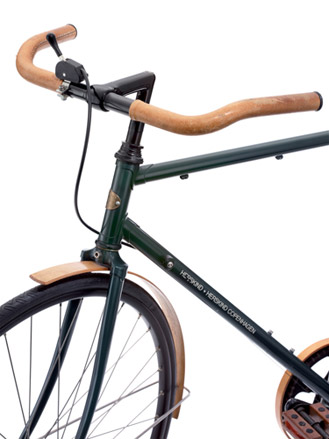
The Copenhagen, circa 1995, by Danish designers Herskind + Herskind.
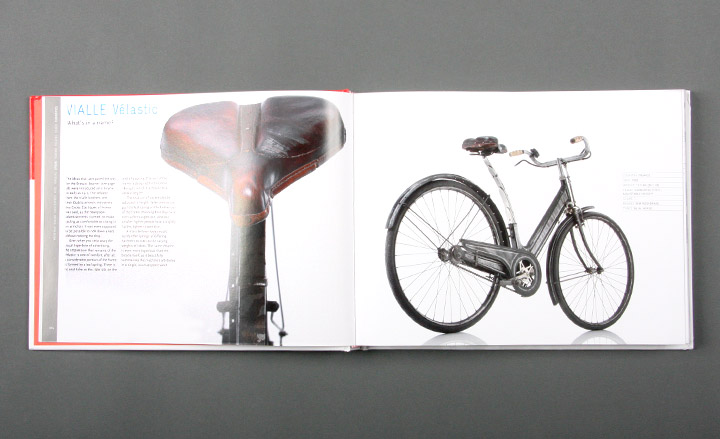
The Vélastic, a 1925 model with adjustable seat height, by the Vialle brothers.
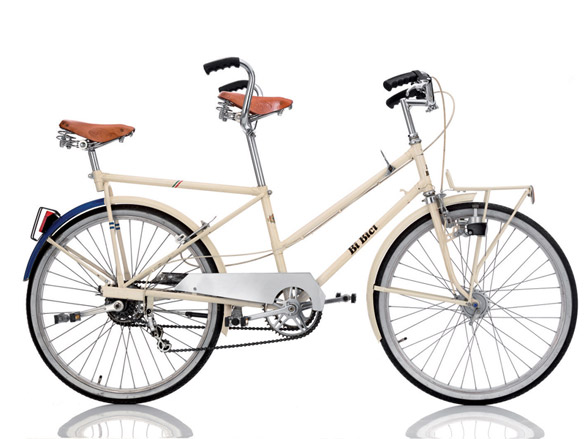
It's hard not to love the unconventional tandem make-up of Tur Meccaica's 1980 Bi Bici bicycle, which actually measures only slightly larger than a single bike.
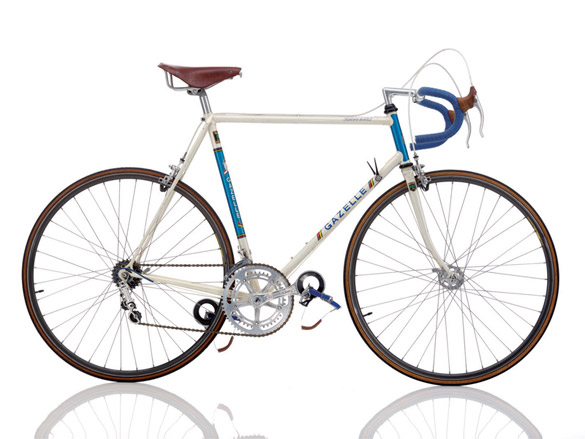
The Gazelle Champion Mondial road bicycle (circa 1981), apart from its enjoyable riding experience, became renowed for its original Colrout cranks - the crank lever was at least 34 millimetres short of the standard.
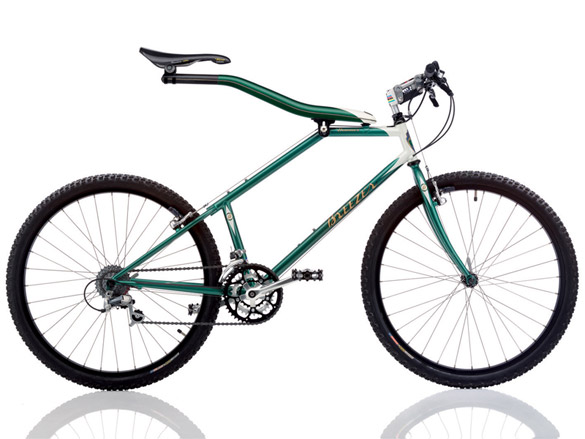
The 1992 Breezer Beamer, a model still manufactured today, was the first mountain bike with complete suspension to win the Downhill World Championships in 1992.
Wallpaper* Newsletter
Receive our daily digest of inspiration, escapism and design stories from around the world direct to your inbox.
-
 With scenography by OMA, Dior’s ‘Designer of Dreams’ exhibition in Seoul is ‘a piece of theatre’
With scenography by OMA, Dior’s ‘Designer of Dreams’ exhibition in Seoul is ‘a piece of theatre’OMA partner Shohei Shigematsu catches up with Wallpaper* about the dramatic show design for the latest iteration of ‘Christian Dior: Designer of Dreams’, which opened in Seoul this weekend
By Daven Wu
-
 Mercedes-Benz previews its next-gen people mover with an ultra-luxury EV concept
Mercedes-Benz previews its next-gen people mover with an ultra-luxury EV conceptThe Mercedes-Benz Vision V Concept is an art deco picture palace on wheels, designed to immerse passengers in parallel worlds as they travel
By Jonathan Bell
-
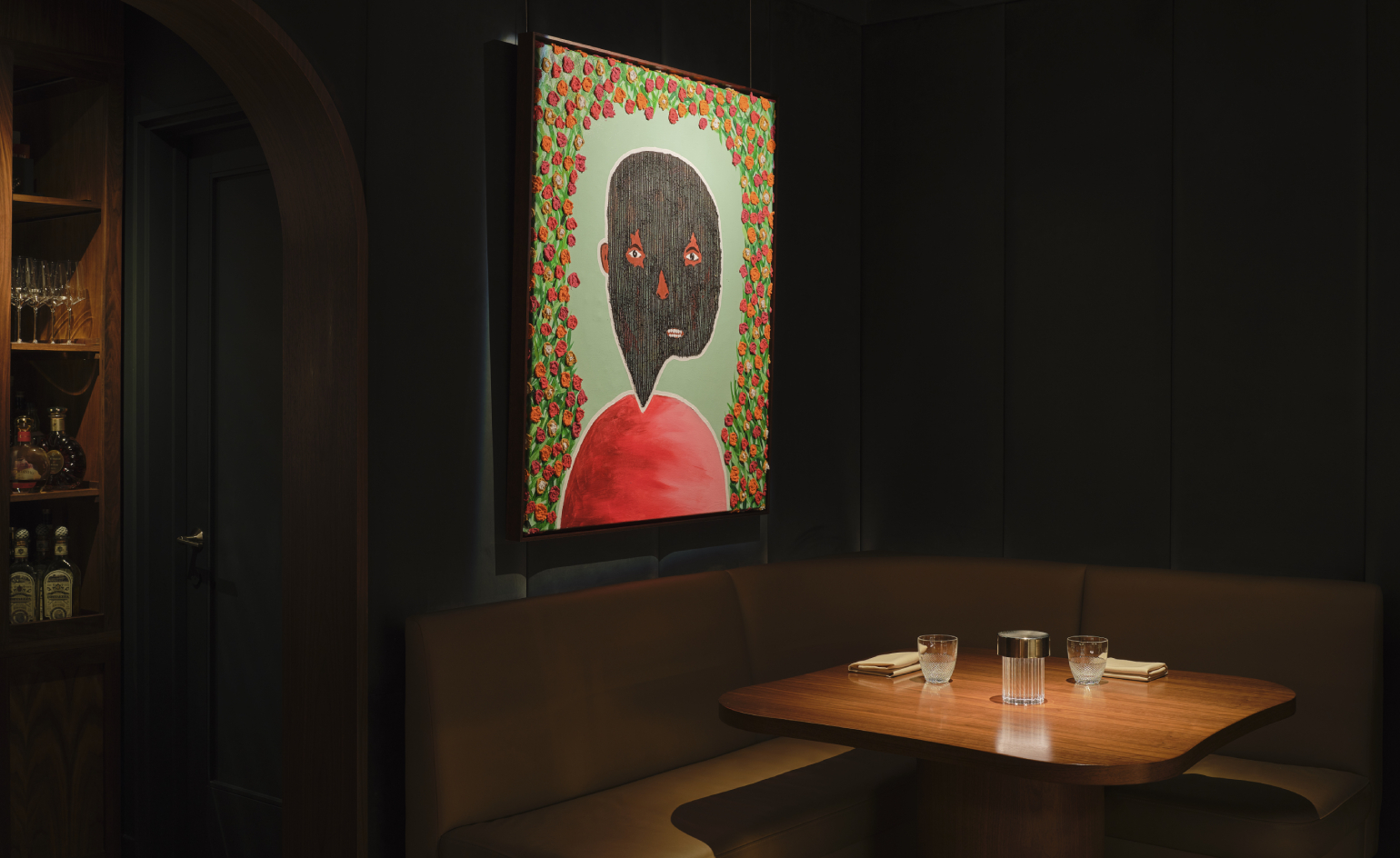 Visit this Michelin-star New York restaurant that doubles as an art gallery
Visit this Michelin-star New York restaurant that doubles as an art galleryArtist Mr.StarCity is exhibiting his emotionally charged yet optimistic ‘Bloomers’ portrait series at Frevo, a Greenwich Village hidden haunt
By Adrian Madlener
-
 How to be a crisp sommelier: Neil Ridley on ‘bringing fun back into food and drink’
How to be a crisp sommelier: Neil Ridley on ‘bringing fun back into food and drink’The humble crisp is an easy crowd-pleaser for laidback hosts. Drinks expert Neil Ridley shares his tips for creating the perfect crisp-and-drink pairings, whatever the occasion
By Tianna Williams
-
 'Moroseta Kitchen' is a new recipe book offering a glimpse into the Puglian countryside
'Moroseta Kitchen' is a new recipe book offering a glimpse into the Puglian countryside'Moroseta Kitchen - A Window Into The Puglian Countryside' by Giorgia Eugenia Goggi is based on the essence of eating in Italy, rooted in farm to table seasonal recipes
By Tianna Williams
-
 ‘Bethlehem’ is a new recipe book celebrating Palestinian food
‘Bethlehem’ is a new recipe book celebrating Palestinian food‘Bethlehem: A Celebration of Palestinian Food’ is a recipe book by Fadi Kattan that celebrates culinary tradition and explores untold stories
By Tianna Williams
-
 René Redzepi, Mette Søberg and Junichi Takahashi on Noma’s new cookbook
René Redzepi, Mette Søberg and Junichi Takahashi on Noma’s new cookbookLifting the lid on Noma’s secrets, a new cookbook celebrates the pioneering restaurant’s season menus, and offers a deep dive behind the scenes
By Jeni Porter
-
 60-Second Cocktails book shakes up summer happy hour at home
60-Second Cocktails book shakes up summer happy hour at homeThis 60-Second Cocktails book brings summer happy hour into your home with easy but sophisticated cocktail recipes and tips to guide even novice shakers
By Martha Elliott
-
 New cookbook transforms horror movies into terrifying food art
New cookbook transforms horror movies into terrifying food artHorror Caviar, the first cookbook from A24, features recipes inspired by horror movies, from creatives including Laila Gohar and Chloe Wise, alongside essays by Carmen Maria Machado, Stephanie LaCava, and more
By Mary Cleary
-
 Edible flowers: the how, the what and the why
Edible flowers: the how, the what and the whyA new book from Monacelli, Edible Flowers: How, Why, and When We Eat Flowers, uncovers a fascinating history
By Hannah Silver
-
 Match point: learn how to properly pair food and wine
Match point: learn how to properly pair food and wineLearn a thing or two about fine cooking and wine selection with this new book from the London Club
By Melina Keays